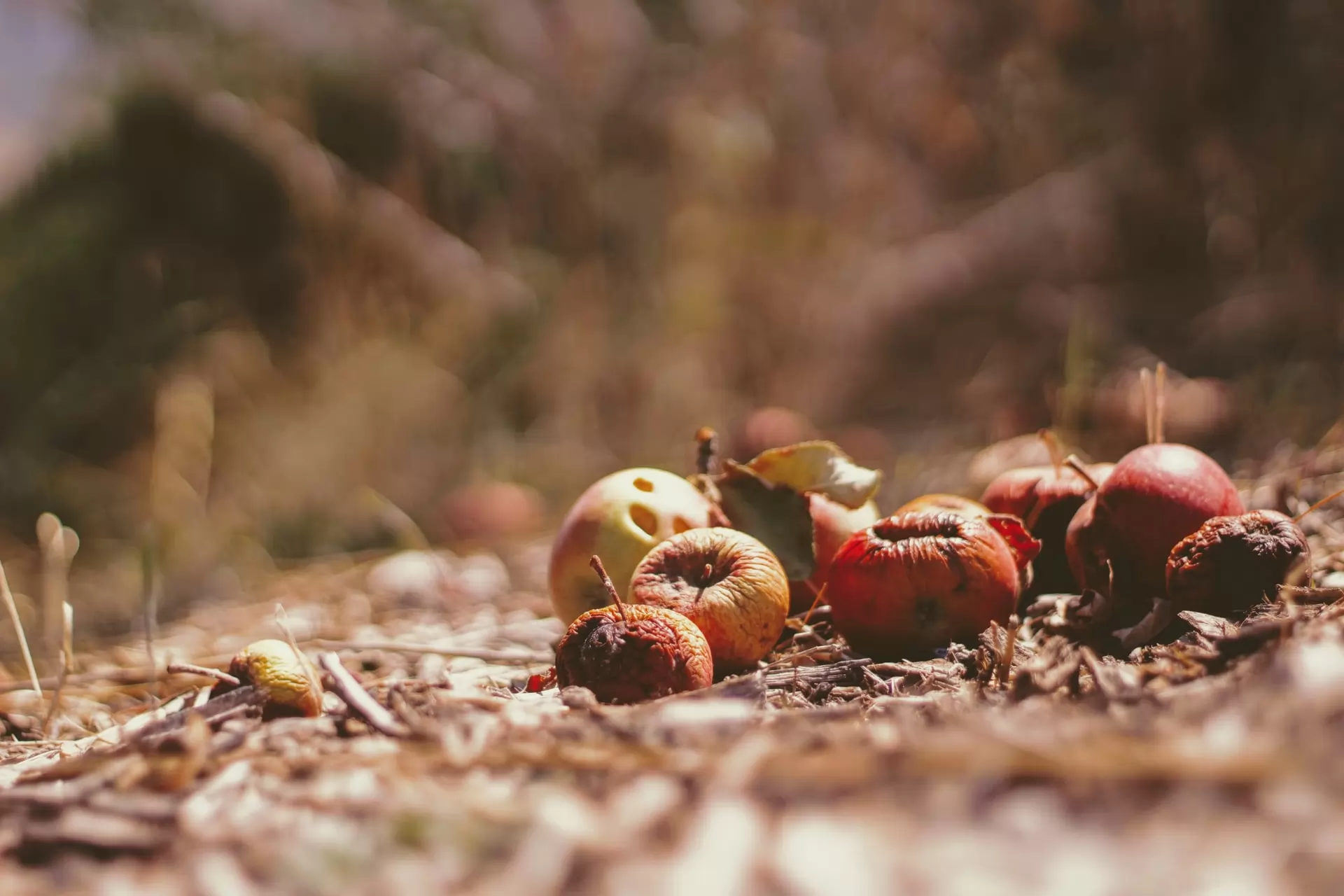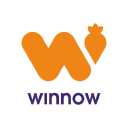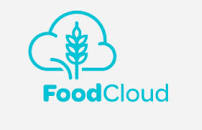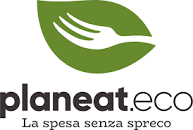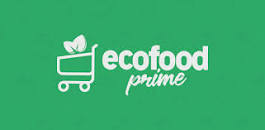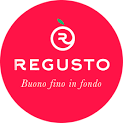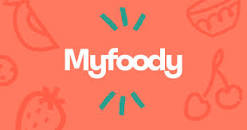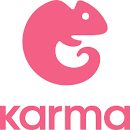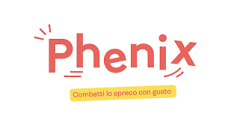Summary
The global market for anti-waste applications has been recognized for its potential in reducing the staggering 1.3 billion tons of food waste produced annually. Notably, these applications have gained significant traction in Europe, with European food waste apps experiencing a 14 million increase in Android users in the 12 months leading up to February 2022. These apps have proven particularly adept at modifying consumer behaviors via accessible smartphone technology.
22% of Italians have reportedly used an anti-food waste app, with apps like Myfoody and Lastminute Sotto Casa leading the charge in local initiatives. The market is vibrant with a mix of both native and progressive web applications, and while most apps are free and supported by advertising, some also follow a freemium or paid model. With the growing emphasis on sustainability, these anti-waste applications are becoming increasingly integrated into everyday consumer practices and are a key component in the effort to minimize food waste on a global scale
Trends in the Italian Anti-Waste Application Market
In the realm of anti-waste and sustainability, Italy has seen a significant uptick in awareness which is reflected in the rising popularity of anti-waste applications. These apps focus primarily on reducing food waste as part of a broader effort to combat the staggering global food waste statistics documented by organizations like the FAO and UNEP. The Italian market, particularly, is engaging in this fight with various homegrown applications alongside international entries. In Italy, food waste has declined by about 25% in recent years, which indicates a growing conscientiousness about sustainability among Italians. More than a third report being aware of the environmental impact of food waste. These changes in consumer behavior are driving a surge in the number of users leveraging anti-waste applications for food purchasing. The market has embraced apps like Myfoody and caters to shoppers looking for discounts on products nearing expiration or with packaging defects, hinting at cost savings of between 30-50 percent.
The anti-waste applications are quite varied in functionality, from platforms selling unsold food at discounted prices to those suggesting recipes to minimize leftovers in the household. In particular, substantial growth occurred during the pandemic, demonstrating these platforms' resilience and relevance in changing market conditions. Internationally recognized applications like Too Good To Go take the lead with a claimed 139 million meals saved and a user base of around 57.7 million. However, solely Italian platforms are also carving out substantial presence, with apps like UBO and Lastminute Sotto Casa enhancing how Italians store, purchase, and consume food to mitigate waste. Among domestic households, fresh fruits, vegetables, and bread top the list of wasted foods, while meats and grocery items are significant in terms of value. It's estimated each Italian household discards about 67 kg of food annually, culminating in a national total of around 4 million tons of waste, valued at nearly 1.9 billion euros. anti-waste apps are addressing this issue head-on with varied approaches such as direct consumer services, retail partnerships, and community sharing programs.
Key Players in the Fight Against Food Waste: Innovations and Impact
The battle against food waste has seen the rise of numerous players in the market, spearheaded by innovative apps designed to curb the unnecessary loss of resources. These actors have not only redefined the way consumers shop and consume food but also provided businesses with sustainable options to manage surplus produce. Below is an overview of some pivotal movers and shakers in the anti-waste application industry.
- Too Good To Go Too Good To Go stands tall as a trailblazer in this niche market. Originating from Denmark and commencing operations in 2015, it has since flourished across numerous countries, including a booming presence in Italy since 2019. The platform allows users to rescue 'magic boxes' full of surplus food from local eateries and stores at a fraction of the original cost. The intuitiveness of the app and its commitment to sustainability has amassed a burgeoning user base, helping to save millions of meals globally.
- Phenix : With its roots in France, with a model that connects food businesses to charitable organizations for donating excess food. Additionally, Phenix offers expiration management services to help optimize discounts and has developed a consumer app similar to Too Good To Go. After its arrival in Italy in 2021 and the acquisition of the Italian app MyFoody, Phenix has positioned itself as a crucial player in the delivery of salvaged food, focusing on substandard fruit and vegetables.
- OLIO : OLIO, a UK-based initiative that began in London in 2015, champions the sharing of surplus food among neighbors, significantly reducing household food waste. Furthermore, OLIO partners with entities in the food sector to collect leftover food and distribute it within the community. The app's educational resources on consumption habits promote a waste-free culture.
- Karma : A Swedish endeavor launched, Karma allows users to claim fresh meals from various food establishments that would otherwise go to waste, offering them significant discounts. Unlike its counterparts, Karma provides a transparent menu of available items, allowing users to choose their meals directly from participating businesses. Karma's global reach and meal savings speak volumes of its effectiveness and popularity.
- Last Minute Sotto Casa An Italian digital anti-waste community that emerged from Turin in 2014, Last Minute Sotto Casa bridges the gap between consumers and shop owners. Retailers can notify users of surplus or nearing-expiration goods available at cut-rate prices, harnessing user engagement to minimize
to understand this market
Detailed content
 Inforamtion
Inforamtion
- Number of pages : 30 pages
- Format : Digital and PDF versions
- Last update : 05/07/2022
 Summary and extracts
Summary and extracts
1 Market Overview
1.1 Definition and presentation
Anti-waste applications are defined as those applications that having sustainability at heart aim to find innovative and effective solutions to avoid waste of anything such as food or clothes. One can find applications that sell you unsold food at discounted prices or that give you the opportunity to sell clothes you no longer use. In this study, apps that aim to waste less food are considered.
Globally, as analyzed by the FAO, food waste is estimated to be 1.3 billion tons per year or about one-third of the world's population. In addition, the food waste management market is estimated to reach a value of $54.29 billion by 2028 with a compound annual growth rate (CAGR) of 5.6 percent. The determining factor in this growth is the increased awareness of citizens regarding sustainability and circular economy issues, which leads them to pay more attention to them in their daily lives.
As for Italy, the country in the year 2020 recorded a 25% decrease from the previous year on food waste. In addition, 36 percent of Italians say they pay attention to the environmental impact that food waste causes, and the country ranks 13th in Europe in the amount of food wasted. An example of Italian success in the world of anti-waste applications is Myfoody. This app was born in 2016 and allows you to shop for products that are expiring or have packaging defects while managing to save up to 50 percent. Another example of an application is "Empty the fridge," which aims to suggest recipes based on the products one has in the fridge. In this way, users are enticed to use all leftover products without having to throw them away.
1.2 The Global Market
Every year about */* of all food produced globally is thrown away totaling about *.* billion tons annually with a value of about US$* trillion, a value that could feed *** million who go hungry every day. Food waste per person by consumers is between ** and *** kilograms per year in Europe, North America, and ...
1.3 The Italian market
According to the Food Sustainability Index ****, each household threw **kg of food into the trash, food services another **kg and retail sales *kg. This means that each Italian citizen, directly or indirectly, was responsible for wasting **kg of food. This implies a waste of about * million tons with a waste value ...
2 Demand analysis
2.1 Food waste in Italy
When discussing food waste, it is appropriate to distinguish between two categories of waste:
Food loss (***) : such waste occurs upstream in the agrifood chain, due to climatic factors, technical means used, perishability, poor harvest storage and unsuitable management of the product by the farmer-producer Food waste in thenarrow sense (***) : such waste ...
2.2 The new consumption habits of Italians
Italians are becoming more aware of how necessary and essential it is to adopt more sustainable consumption patterns. **% of Italians lead a more sustainable lifestyle since the beginning of the pandemic and **% would be willing to spend more on green products[***].
Italians are aware of the negative effects of waste such ...
2.3 Waste in catering and large-scale retail trade
**% of food waste occurs at the food service and consumption stage. Most food waste in the restaurant industry occurs during the food preparation stage (***) . Consequently, the responsibility for so much waste lies with chefs, those who work in kitchens, and end customers, but also with restaurant managers who often plan wrong ...
3 Market structure
3.1 Most popular anti-waste apps
Several apps are involved in food waste management. Given the fact that the market is relatively new, it is not possible to distinguish different market shares. However, there are players that are more established than others in the Italian market due to the fact that they were born earlier or due ...
3.2 The most popular anti-waste apps in Italy
Most of the active applications in the market, however, are of Italian origin. In fact, there are many projects and applications born in recent years to counter the phenomenon of food waste. This is an indication of how this type of market is clearly expanding and how Italian consumers like to ...
4 Supply analysis
4.1 The products
We have seen how anti-waste appliactions are continuously increasing. We can distinguish between two different types of mobile apps :
A progressive web application (***) is like a mobile version of an existing website. It opens on a web browser for smartphones, tablets, or computers. A native application is an application that users ...
4.2 The different business models
We can distinguish four different business models in the mobile application market
The Freemium model consists of offering the application for free and pushing customers to purchase additional features. This model maximizes the value of a customer over time, and then deploys a free customer base that will convert new customers. ...
5 Regulations
5.1 Regulation
Several regulations have been enacted at both the community and national levels to reduce food waste. As early as ****, the U.N. General Assembly set a goal of halving per capita food waste at the retail and consumer level and reducing food losses along supply and production chains by ****.
The European ...
6 Positioning of actors
6.1 Segmentation
*Since most of the applications in the market are newly born or otherwise start-ups, most are not yet profitable and manage to operate through fundraising from private and/or institutional investors.
- Winnow
- Food Cloud
- Planeat
- Eco Food Prime
- Regusto
- My Foody
- KARMA
- OLIO
- Phenix
- Too Good To Go Italia
 List of charts
List of charts
- Annual household food waste generated in selected countries worldwide as of 2020
- Apps by number of downloads, Android Users
- Share of waste by department by weight
- The reasons for food waste in Italian households
- Food thrown away BEFORE cooking
All our studies are available online in PDF format
Take a look at an example of our research on another market!
Companies quoted in this study
This study contains a complete overview of the companies in the market, with the latest figures and news for each company. :
 Choosing this study means :
Choosing this study means :
Access to more than 35 hours of work
Our studies are the result of over 35 hours of research and analysis. Using our studies allows you to devote more time and added value to your projects.
Benefit from 6 years' experience and over 1,500 industry reports already produced
Our expertise enables us to produce comprehensive studies in all sectors, including niche and emerging markets.
Our know-how and methodology enable us to produce reports that offer unique value for money.
Access to several thousand articles and paid-for data
Businesscoot has access to all the paid economic press as well as exclusive databases to carry out its market research (over 30,000 articles and private sources).
To enhance our research, our analysts also use web indicators (semrush, trends, etc.) to identify market trends and company strategies. (Consult our paying sources)
Guaranteed support after your purchase
A team dedicated to after-sales service, to guarantee you a high level of satisfaction. +44 238 097 0676
A digital format designed for our users
Not only do you have access to a PDF, but also to a digital version designed for our customers. This version gives you access to sources, data in Excel format and graphics. The content of the study can therefore be easily retrieved and adapted for your specific needs.
 Our offers :
Our offers :
the market for anti-waste applications | Italy
- What are the figures on the size and growth of the market?
- What is driving the growth of the market and its evolution?
- What is the positioning of companies in the value chain?
- Data from several dozen databases
5 reports pack (-15%) IT Italy
- 5 reports at €75.6 excluding VAT per study to choose from our Italian catalogue for 12 months
- Save 15% on additional studies purchased
- Choose to be refunded any unused credit at the end of the 12-month period (duration of the pack)
See the terms and conditions of the pack and the refund of unused credit.
